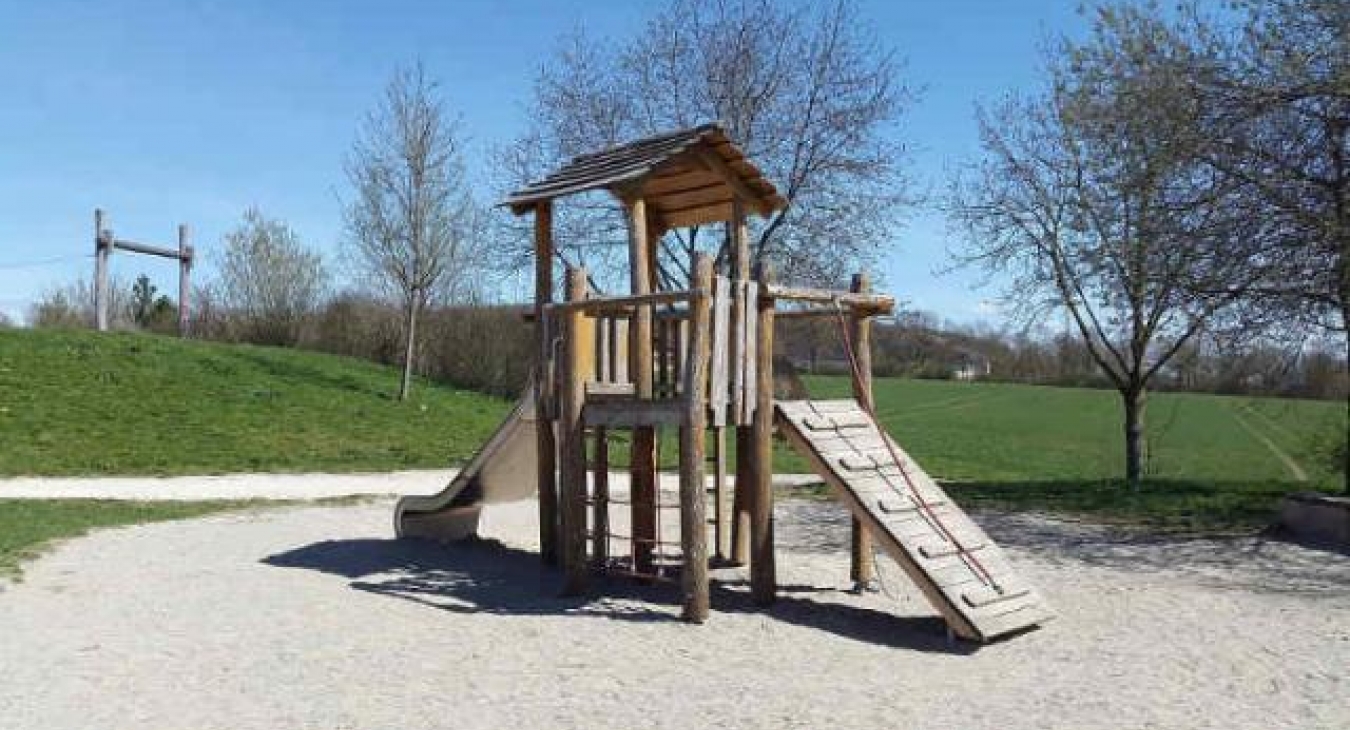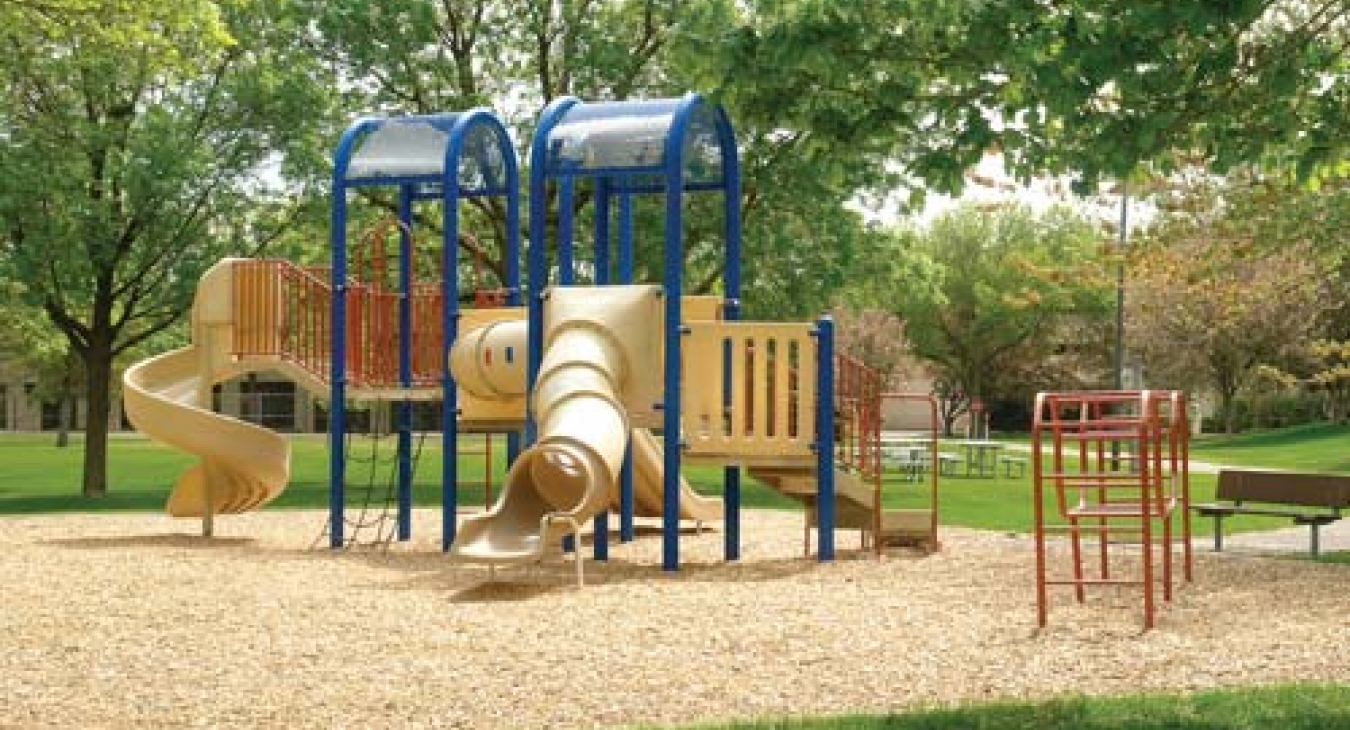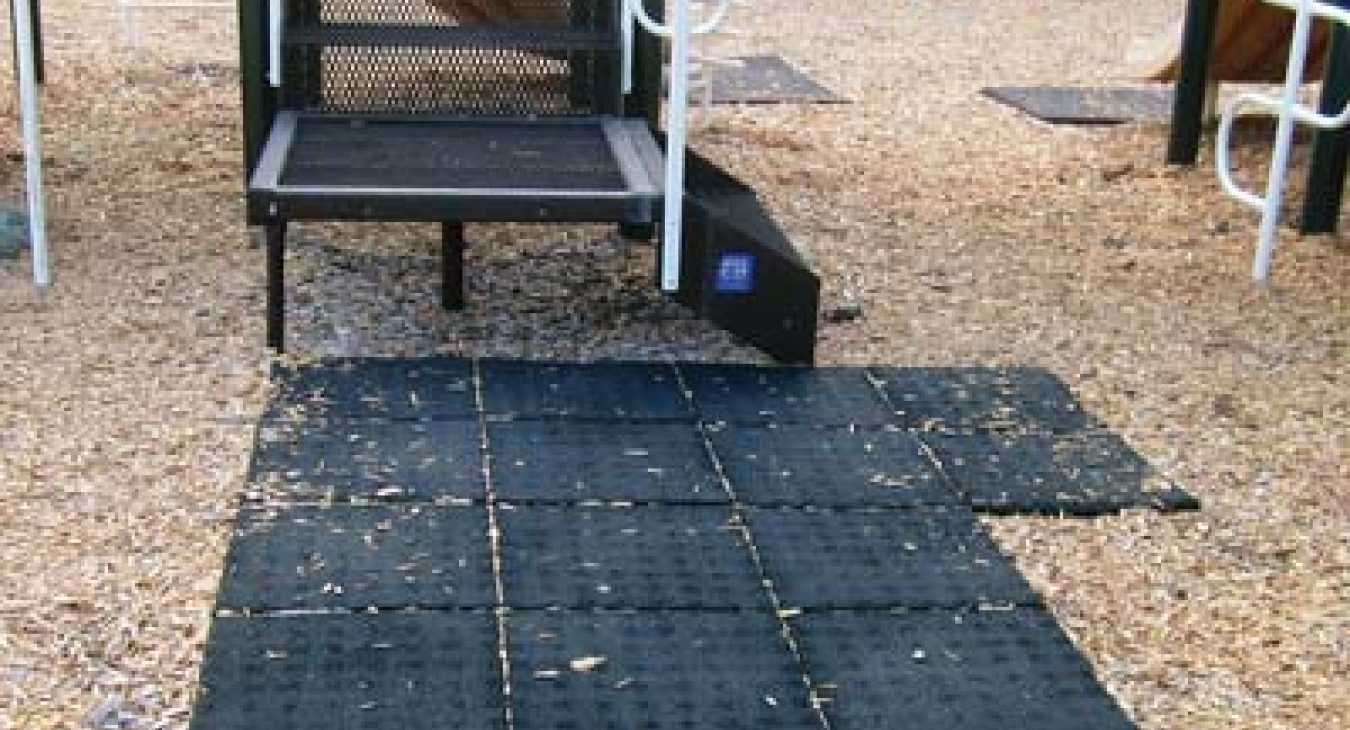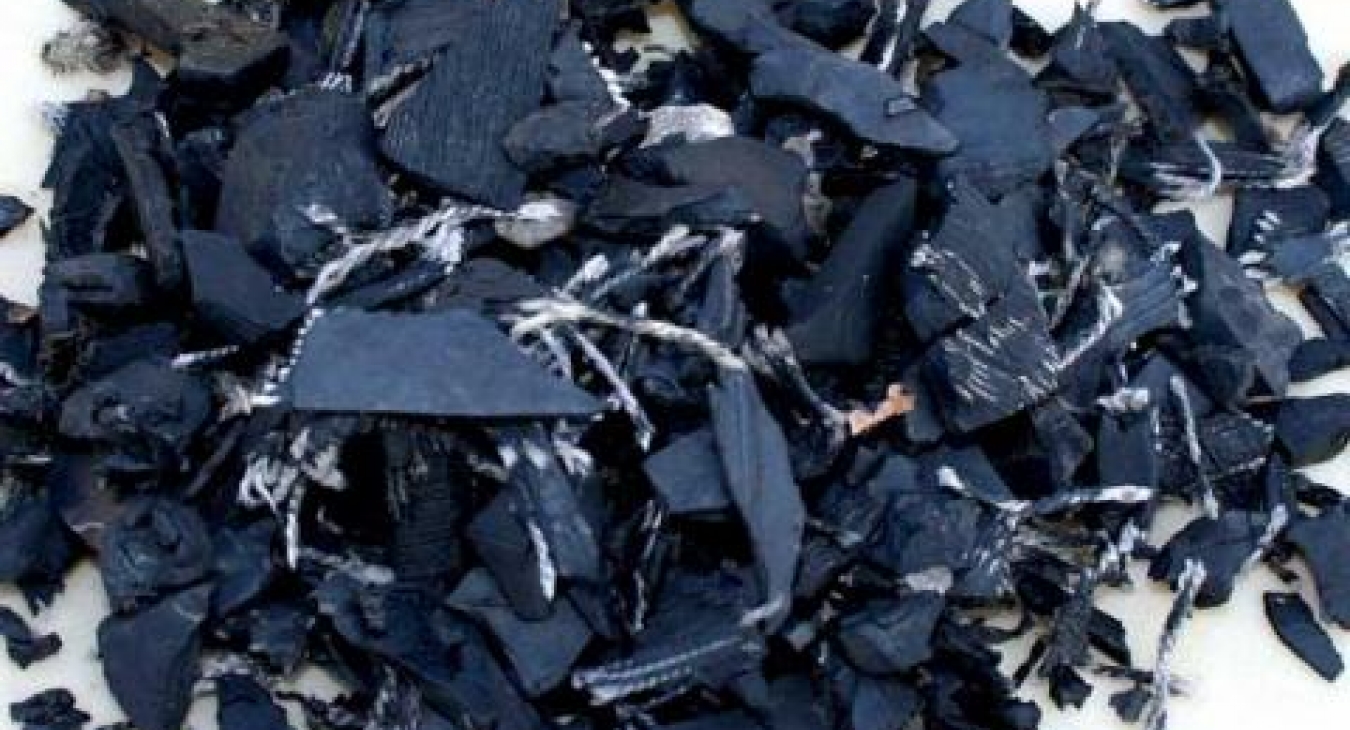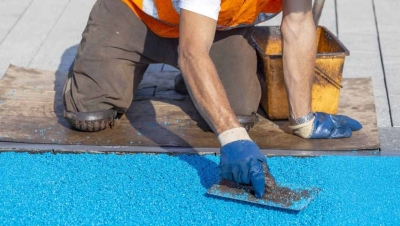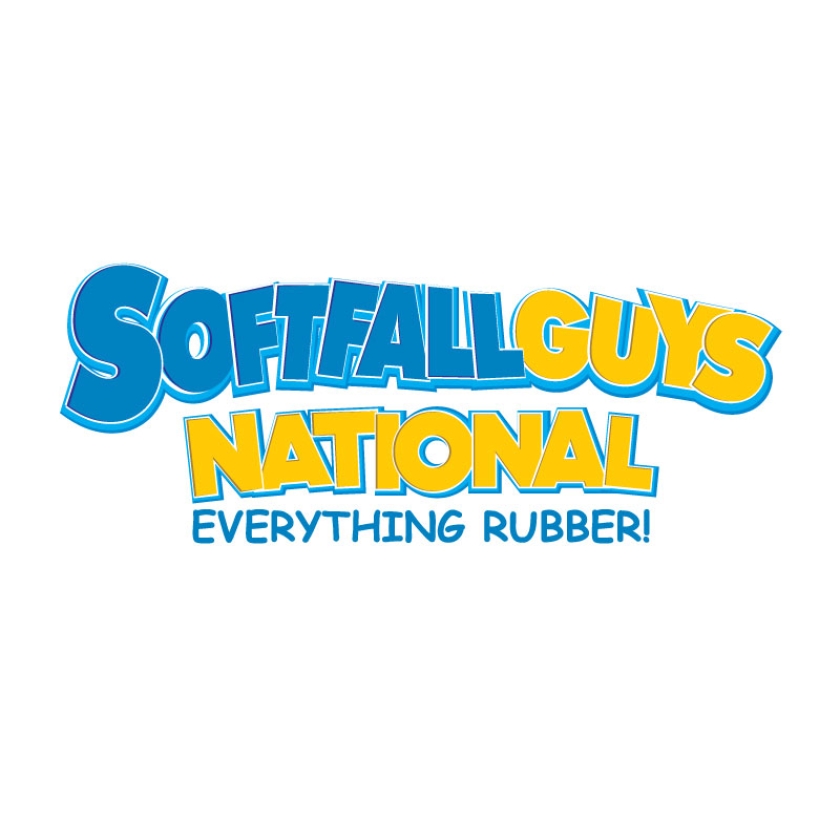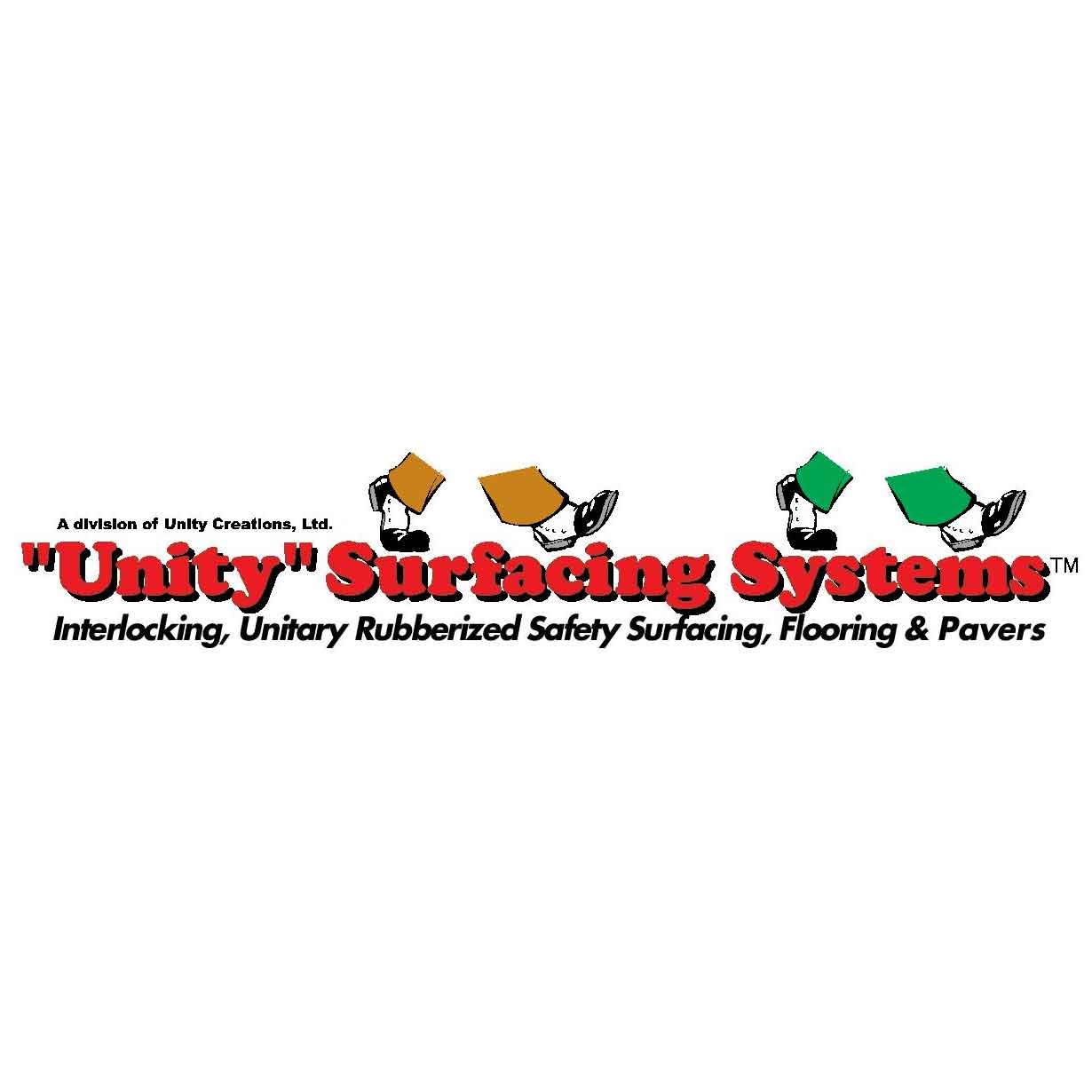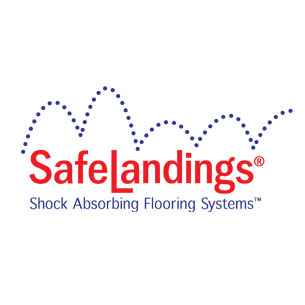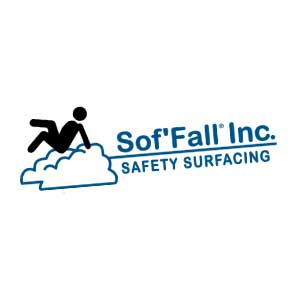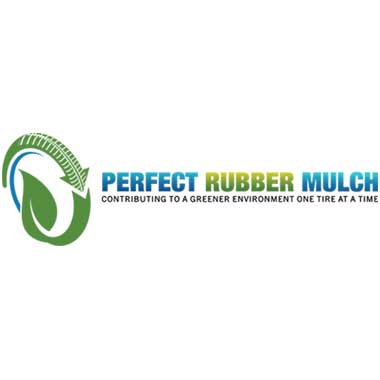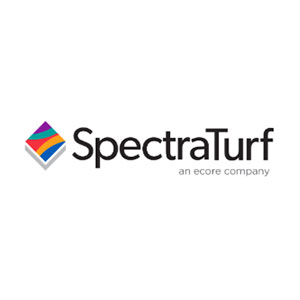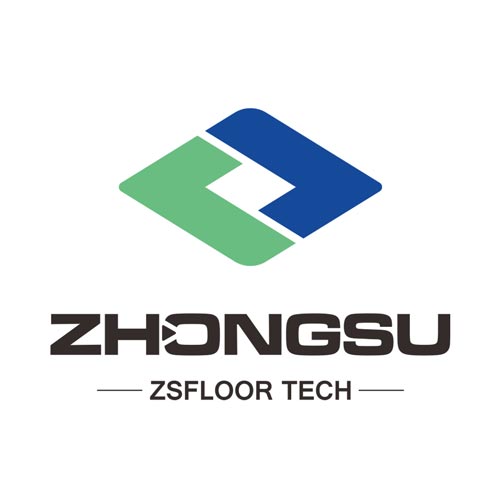History of Playground Surfacing
Part I of a two-part series
A recent issue of Play and Playground Magazine carried an article, “The Evolution of Playground Surfacing,” which contained a version of history that begs the question: Is there a Chapter 2? Although playgrounds have by virtue of gravity always had surfacing under them for children to fall onto, it is the injury prevention and inclusion qualities of the surfaces that are important. It is likely proper to start with the era of synthetic surfacing materials manufactured and sold for that purpose. It is important to name some of the people and technologies who/that played a role, sometimes crucial, in the development of the current state of the art.
In actual fact, there are two branches to playground surfacing that started the modern era in the early 1960s: loose fill and synthetics. Initially, loose fill was sand and gravel. Shredded wood came to playgrounds through the marketing prowess of Robert Heath, with the playground technical assistance of Dr. Fran Wallach, and the manufacturing skills of the Zeager Bros. group. After a few years, the Fibar product left and Zeager and Woodcarpet entered the marketplace. Playground owners today benefit from the technical input brought by Ted Illjes and, subsequently, Jeff Mrakovich, pursuing field testing and meeting the technical requirements of the Americans with Disabilities Act, with the help of Peter Axelson at Beneficial Designs Inc.

Synthetic surfacing was initially rubber-based, with vulcanized systems coming from the American West Coast with Mitchell Rubber, and polyurethane-based coming from Germany and Berleburger Schaumstoffwerk (BSW). Although the Mitchell technology is still being delivered to playgrounds, the clear technological winner was that based on polyurethane. Some purchased licenses, others produced their own research, while others made acquisitions through other means. The proliferation of the technology again was in two tracks, with tiles and mats contemplated to be under licenses from BSW to Carlisle Tire and Rubber Company (Carlisle) in Pennsylvania and Romaflex in Canada, while NoFault and Sportbau Canada pursued the polyurethane-based tennis and running-tracks technologies that evolved to playgrounds. These are now the tiles and poured-in-place systems that cover many playgrounds today.
During the late 1970s and early 1980s, the U.S. Consumer Product Safety Commission (CPSC) published the first Handbook on Public Playground Safety in two volumes, stating that playground surfaces shall provide a G-max not exceeding 200 with a poorly presented test method. ASTM International entered to develop a standard for the playground surfacing, and great strides were made in the development of the laboratory test, adding HIC and the start of the field testing of surfaces under the diligent work of Carlisle’s Robert Shiffer. The presentation and publication of the “ASTM F-1292 as a Tool for Playground Injury Severity Reduction” at the ASTM Symposium STP229 provides interesting reading and outlines some of the goals for injury prevention and reduction that were the original intention of the playground standard-writing process.
The 1988 CPSC assessment of the National Electronic Injury Surveillance System (NEISS) data for playgrounds found that falls to the surfaces are by far the greatest cause of playground injuries, at 58%. This statistic was supported by the 2001 CPSC report that place falls at 79% of public playground injuries and 81% of home playground injuries. Since the turn of the century, NEISS data shows playground injuries are staying the same or increasing, with the incidence of Traumatic Brain Injury (TBI) on the rise. The data supports that falls are by far the most serious source of injury on the playground, and injuries are not decreasing since the publishing of ASTM F1292 or the advent of field testing in F1292. This would suggest the need to make additional changes to reduce the frequency and severity of injuries on surfacing. One of these could be lowering impact values, while another could be more frequent or broader field testing.

ASTM F1292 provided a way to measure and evaluate playground surfacing in a laboratory setting. The need to follow-up and confirm performance in the field was essential and became a part of the F1292 in 1996. It was through the efforts of Paul J. Hogan, who had received a grant from the U.S. CDC to develop a test device that could be used in the field and reduce injuries through compliance testing, that the free-fall test was brought to reality. The device, which has evolved to the F1292-99 free-fall test method going through the rigorous ASTM process, from a simple handheld device to the addition of data review in the field, ensuring the drops are from the same height to the same location three times and within the entire extent of the use zone and not limited by the length of the arm—among many more. A key point was the distinction between those persons trained and working in the formal laboratory setting—understanding technicalities and procedures versus a person just purchasing a device and entering the testing market. To this end, the F08.63, in all its wisdom, required that the persons performing the testing to ASTM F1292 must have training to ensure competence of the operator. Although this added cost to the purchase and operation of testing, training, and understanding of the details of standards and testing has proved to be one of the best moves by the sub-committee. This field-testing device, which to date has only been taken up by the Triax2000, Triax2010, and Triax2015, and procedure formally entered the Standard in 1999 and expanded in 2004. The ability to test installed-playground surfaces using the ASTM F1292 has proliferated around the world, and the mirror European standard EN1177 is also advancing to more field testing with the same test device.
The AADAG, 2004 and the DOJ 2010 ADA Standards for Accessible Design requires all playground surfaces within the use zone to comply with ASTM F1292 in section 1008. This means that every supplier must provide the valid—less than five years old and ensuring the test samples are identical to the surface to be installed and performed at three prescribed temperatures—test results to the owner. An overriding principle of the ADA is that the actual installed surface must always meet ASTM F1292 and, therefore, the field testing of the surfacing is mandated. The ADA does not state the frequency of the testing, but it does require “surfaces must be inspected and maintained regularly to comply with ASTM F1951-99,” which, in turn, requires that surfaces meet the requirements of ASTM F1292 within the use zone. This will continue to advance the injury prevention of all surfaces in the playground, as it is impractical and not prudent to focus only on the accessible route and not the entire playground for compliance to F1292.

ASTM F1292 not only provided laboratory and compliance testing, it was the catalyst for technical improvements in existing surface and development of new surfaces. EWF proved its value to injury prevention and dominated the commercial playground market, adding Woodcarpet and Sof’Fall to Fibar as major players. Traditional tiles that barely met critical height testing were challenged by new designs with significantly lower impact values, such as Sof’Surfaces, and poured-in-place (PIP) saw advances to halve the limits of the standard—first in Everplay, and then others. At the same time, new products, such as SMARTE—using a patented loose-rubber system with an overlay—synthetic turf with infill and underlay, and loose recycled tire rubber burst onto the market with excellent reception from owners and users. These have brought improved performance, functional longevity, maintainability, and compliance with standards, the CPSC Handbook for Public Playground Safety, and the ADA.
Standards have been the driving force to changes in surfacing systems and the ASTM F08.63 sub-committee has been active over the years with six active standards and more work items in the works, moving to new standards. There are now performance standards for EWF and Loose Rubber, while there is a guide for poured-in-place. This guide raises questions and concerns that relate to a successful PIP and contains the physical performance measures required for meeting all of the requirements of the ADA. There is a performance standard for PIP in the development and balloting process.
Playgrounds have become complex systems located in harsh outdoor environments. Protective surfacing is the most important injury prevention system in that environment as a passive safety system. Depending on where it is located in the use zone, the surface must absorb impacts and be firm and stable at the same time. Compliance to standards of the CPSC and ADA are requirements for liability reduction or meeting state or federal laws and regulations. This is a challenge for everyone involved in the playground. The law and standards clearly make the owner of the playground responsible to the selection, purchase, inspection, and maintenance of the surfaces through to the end of the playground’s life.
Owners need to know where to find information they will require to meet their obligations. The first disappointment in their search of standards, laws, and regulations might be that owners are responsible for the entire performance, while standards speak only to specific testing. ASTM F1292 is a laboratory test that allows the owner to compare impact attenuation performance, while the field test that every owner wants to confirm compliance is optional. To have the field test performed, the owner must write it into the specification and warranty documents and have a system of enforcement to ensure failures are replaced at no cost to the owner. The surfacing systems that have the greatest difficulty with compliance to F1292 are the synthetics, which are also the highest cost. Therefore, field testing is critical to protect the asset. With ASTM F1951, the test is traditionally a laboratory test that can be recreated in the field at significant expense. This standard contrary to F1292 does not require that the sample being tested be identical to what is to be installed at the playground. It shouldn’t surprise anyone that EWF test samples are prepared using the installation procedure recommended by IPEMA (10-6-11), while in the field the procedure is rarely used and considered optional. Additionally, there is a requirement in F1951 that the test sample also meet ASTM F1292, but not that the actual sample tested for firmness and stability is the same sample that meets the traditional 12-foot critical height test in F1292.
Standards related to product also have their issues for the prudent owner. The F2075, EWF standard, was originally anticipated for new wood and not other wood sources, such as factory off-cuts, pallets, or recycled wood. The testing does not anticipate sharp wood from kiln drying or chemical toxins that might have been absorbed into the wood in its former life. The other product standard, F3012, is for loose rubber, which defines performance requirements for one of the fastest-rising products finding its way to playgrounds. This product at the appropriate depth can provide excellent impact attenuation and injury prevention; however, this standard also might pose concerns for the purchaser. The allowable limits for heavy metals is at the maximum allowed by the CPSC, and although there is not to be any wire longer than 0.5” and no metal determined to be sharp longer than 0.2”, these are allowed and there is no maximum limit to the wire in a shipment to the playground. The prudent owner might want to set his or her own limits to meet his or her own requirements and expectations.
The DOJ 2010 ADA Standards for Accessible Design will be one of the greatest challenges for playground owners. They must fully understand the requirements of section 1008, starting with “accessible routes serving play areas shall comply with Chapter 4 and 1008.2.” Important but little known in Chapter 4 is “403.2 Floor and Ground Surface. Floor and ground surfaces shall comply with 302.” Now going to 302, we get the performance measures such as carpeting shall not have a pile height greater than 0.5”, and openings shall not be greater than 0.5” in diameter and not more than 0.5” in depth. Further, in Chapter 4 in 403.3 “the running slope of walking surfaces shall not be steeper than 1:20. The cross slope of walking surfaces shall not be steeper than 1:48.” The maximum slope of 1:20 is exempted in 1008.2.5.1, allowing the slope to be as steep as 1:16. And going back to Chapter 4, “403.4 Changes in Level. Changes in level shall comply with 303.” 303 provides that there shall be no change in vertical height greater than 0.25”, but this is allowed to be as much as 0.5”, provided the upper 0.25” is on a slope not steeper than 1:2. Lastly, 303.4 states “changes in level greater than 0.25” high shall be ramped, and shall comply to 405 and 406,” which the reader can search for themselves. Basically, for those believing that bevelled mats in EWF can solve their ADA issues in a playground should understand the fallacy of these claims. These all apply to the accessible route in the playground and owners must remember that this is not only a requirement at the time of installation, but whenever the playground is available for public use.
The owner and/or playground consultant are the only glue holding the entire environment together. They will have to navigate the complexity of multiple suppliers of structures and surface types and connect them to the space outside the playground. These are issues that need a holistic approach to the entire space, and playground surfacing will be one of the most important and dynamic parts of the space.
Playground surfacing has come a long way from the truck load of sand or gravel to the multiple types of surface systems and performance requirements, standards, and laws. Over the coming years, there will continue to be advances in surfacing that will further prevent injuries and provide play for all. Change is to be embraced as the future of play is the future of children. Every child is precious and must be allowed to play in challenging and inclusive environments without concern for more than a serious injury
Source


